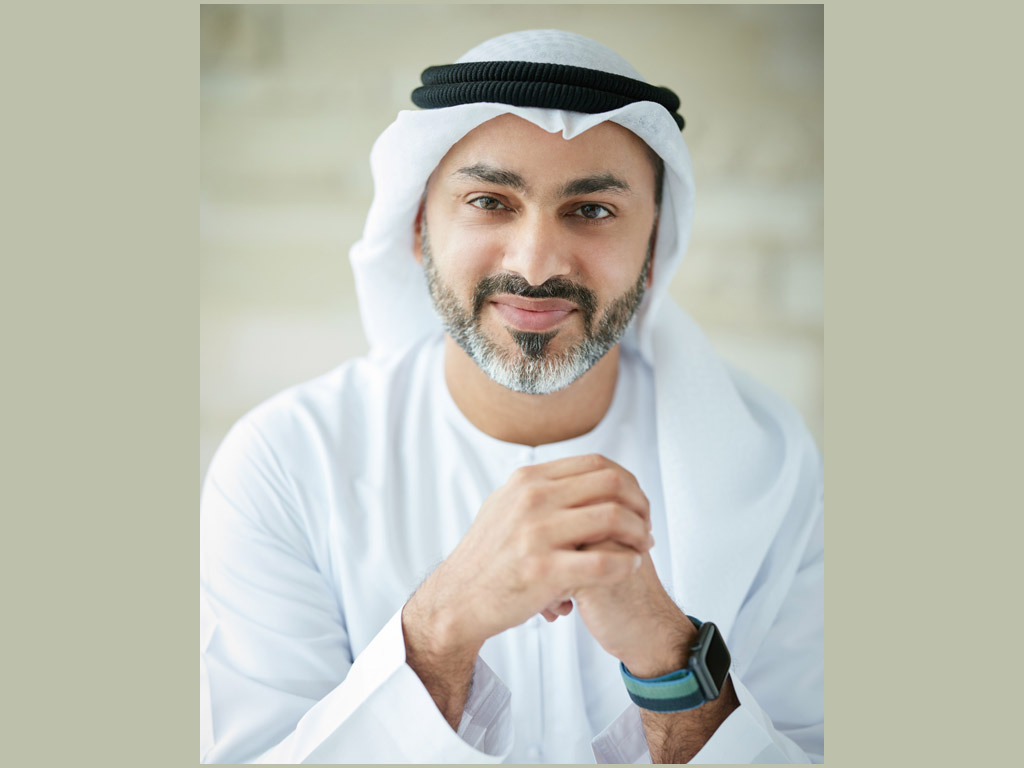Travel, Tourism & Hospitality
Honouring Emirati women: guardians of culture, architects of our future
From the nation's ancient heritage to the horizons of its future, Emirati women have strengthened the society. As guardians of the culture, they empower each new generation to aim higher, writes Saood Abdulaziz Al Hosani, Undersecretary, DCT – Abu Dhabi.

From the nation's ancient heritage to the horizons of its future, Emirati women have strengthened the society. As guardians of the culture, they empower each new generation to aim higher and dream further, writes Saood Abdulaziz Al Hosani, Undersecretary, Department of Culture and Tourism – Abu Dhabi, in an OpEd article in TTN marking Emirati Women's Day.
In the words of our Founding Father, the late Sheikh Zayed bin Sultan Al Nahyan: “Nothing could delight me more than to see women taking up important positions in society. Nothing should hinder their progress.”
This Emirati Women’s Day honours the 50th anniversary of the foundation of the General Women’s Union by the beloved and admired HH Sheikha Fatima bint Mubarak, the Mother of the Nation. This milestone is a testament to the ongoing commitment to women's empowerment and leadership in Abu Dhabi and the UAE.
Inspired by the Mother of the Nation
DCT Abu Dhabi proudly celebrates and supports Emirati women's journeys, from dreamers to leaders. This journey was once very different from today. We have not always had the amenities and resources that fuel our progress today, but we have always been adaptable, determined and driven by innovation.
From our ancient heritage to the horizons of our future, Emirati women have strengthened our society. As guardians of our culture, they empower each new generation to aim higher and dream further. Through their groundbreaking achievements across a wide range of fields—including education, science and technology, leadership and community development—they are paving the way for stronger communities and a brighter future for us all.
At DCT Abu Dhabi, our mission is to enhance the emirate’s cultural, tourism, and creative sectors, unlocking their full potential and empowering individuals and communities to contribute to a vibrant, thriving society. Emirati women are vital to this ambition—from our own employees to those working across the culture and tourism industries, we rely on their leadership, creativity and insight to accomplish our boldest goals and shape a future that we are proud to hand over the next generation.
An invitation to discover our living culture
Our living culture will always be a source of deep pride. When Zayed National Museum opens later this year, I encourage visitors to take inspiration from the "By Our Coast” gallery. Long before the rise of modern infrastructure, in the era of pearling, men would embark on months-long maritime expeditions, while women played a vital role in holding the community together.
In a time when we had less, we relied on great resourcefulness. From digging wells and tending to farms, to raising children and managing households, women's unwavering strength and resilience required great leadership. This same resourcefulness extended to the traditional crafts which produced both practical and artistic elements of day-to-day life. These were informed by women's in-depth knowledge of the land and surrounding environment, which allowed for creative adaption of resources. Consider Al Sadu weaving, which became the first UAE entry on UNESCO’s list of Intangible Cultural Heritage in 2011. The wool comes from readily available sheep, goats and camels, and the dyes that give it colour are from natural sources, such as pomegranates and the earth itself. Or Khoos weaving—in a land where palm fronds blanketed the ground, women found a way to ingeniously fashion them into baskets, seating mats, decorative objects and more.
Then, these techniques were passed down from mother to daughter. Over centuries, when women spun and wove, their daughters learned by watching, and then by handling tasks such as sorting the wool or gathering leaves, before moving on to the more intricate work required. It is vital that we conserve these skills as reminders of who we were, and who we still are.
It is heartening to see that this heritage lives on through the creativity of a new generation of women—just look at the many female designers who are applying our traditional crafts to a modern context. Some wonderful examples are on display in the House of Artisans at Abu Dhabi's Al Hosn cultural site, from Shaikha Al Ali’s spectacular shoes that reinterpret the look of the traditional gargoor fishing net, to Jawaher AlKhayyal’s elegant sarab table that incorporates khoos palm-frond weaving.
Empowering and equipping the next generation
Guided by Abu Dhabi's visionary leadership, we have embarked on a bold journey to become a leading global destination renowned for cultural enrichment and diversity.
Women continue to play a central role as we write this new chapter in our cultural story. Saadiyat Cultural District is quickly emerging as one of the world's most significant concentrations of museums and cultural institutions, and it is more than just a collection of buildings—it is a platform for the future.
At Saadiyat Cultural District we will provide, and rely upon, career paths for women as archaeologists, scientists, artists and curators. We need experts across many specialist areas, from photography and textiles to research, and will be propelled forwards by the skills of story-shapers and strategists, catalogue writers, engineers, and many more.
As Abu Dhabi evolves into a leading global hub for culture and tourism, continuing an era of incredible transformation, those of us in leadership must maintain an inclusive mindset, and Emirati Women’s Day is a reminder that we must continue to uphold women as guardians and creators of culture.
Our role is to ensure their journey is supported at every step, so that the culture they champion today will inspire us all to build a better future, together.
-TradeArabia News Service
